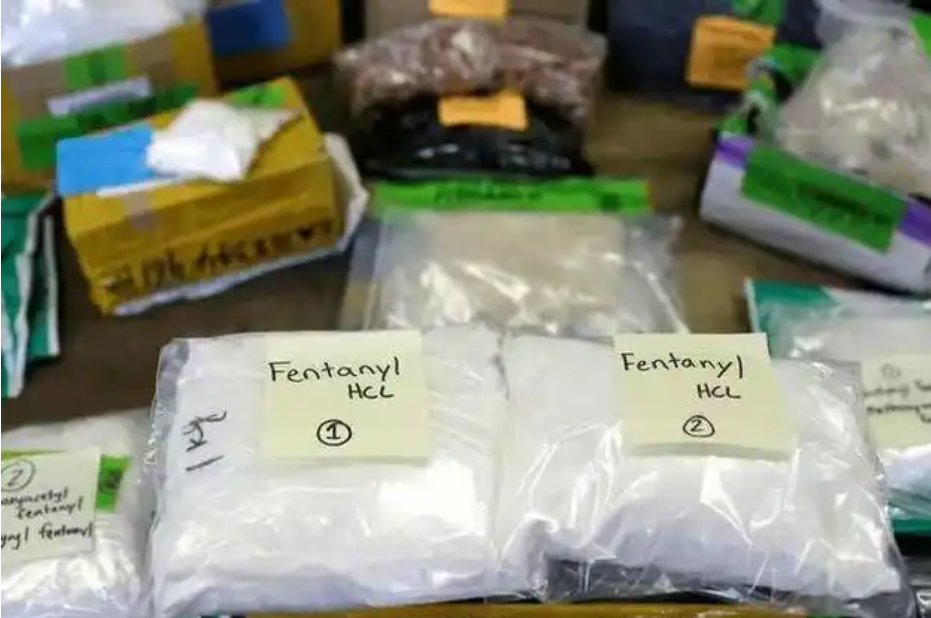I have been reading My Several Worlds by Pearl Buck, who won the Nobel Prize in Literature in 1938. The daughter of missionary parents, Buck grew up in China and wrote about China. Her more famous work was her novel The Good Earth about Chinese peasant life.
Describing her childhood in Zhejiang in the late 1890s, Buck mentioned the use of opium, called “foreign smoke” by the Chinese. She knew that her best friend’s parents administered it for a stomachache, that the father of her next-door playmate grew thin and yellow on it, and that her own parents spent weary hours helping some addicts break the habit.
China fought two Opium Wars with Great Britain, between the 1840s and 1850s, to stop the opium trade, in which the British East India Company cultivated, transported, and sold opium to Chinese smugglers. China lost both wars, ceded Hong Kong, opened more trading ports to Europeans, paid war reparations, and legalized opium. Starting in 1783, Americans also engaged in the so-called Old China Trade which included fur, silver specie, ginseng, and illegal trafficking in opium — with teas, silk, porcelain in return.
Many years and many nations later, the United States now has an opioid crisis. According to a Rand report on combating synthetic opioid trafficking, between 1999 to 2022, drug overdoses killed approximately 1 million Americans, the number exceeding that of U.S. service members who have died in battle in all of the wars fought by the United States. That amounts to 170 fatalities each day, primarily among those aged 18 to 45, with illicit fentanyl as the primary driver of the epidemic.
In his Executive Order — “Imposing Duties to Address the Synthetic Opioid Supply Chain in the People’s Republic of China” — US President Donald Trump accused China of subsidizing and otherwise incentivizing Chinese chemical companies to export fentanyl and related precursor chemicals used to produce synthetic opioids sold illicitly in the U.S. Trump used the justification to announce 10% additional tariffs on imports from China.
At least Trump is not declaring war on China over fentanyl.
Fentanyl and the opioid epidemic is a profoundly serious problem. It is also an issue of supply and demand. As the Rand report listed, two of the five pillars of a U.S. response to illegally manufactured synthetic opioids are a reduction of supply and reduction of demand. Reducing demand is certainly not an easy task, and it is tough to reduce supply.
On the official side, there have been anti-drug cooperation agreements in 2017 and 2022 between China and the U.S. In 2019, for instance, China classified all opium-related substances as controlled narcotics. Disagreements on trade, Covid-19, Taiwan, and other issues stalled cooperation until Biden and Xi revived it in late 2023. China further curbed production of fentanyl-related chemicals, added new precursor chemicals to its controls, shut down 25 companies selling fentanyl precursors, closed 14 online platforms, forced the cancellation of 332 corporate accounts, and removed 1,016 online stores.
The U.S. said China was not doing enough. An official in China’s Ministry of Public Security responded in a CNN report this way: “The most fundamental issue is still reducing demand, as “trying to completely suppress illegal production through controlling precursor chemicals is fundamentally impossible.”
How so? As a U.S. Senate Committee on Homeland Security and Governmental Affairs 2022 report said, the same chemical ingredients found in illicit drugs also have legal uses in pharmaceuticals, cosmetics, perfumes, cleaning agents, pesticides, insecticides, fertilizers, lubricants, explosives, as well as in various other industries.
On the ground, it is a cat-and-mouse game. According to a Washington Post story, there are more than 1,500 China-based entities involved in the fentanyl industry, as precursor ingredient manufacturers, dealers, and pharmaceutical-machinery makers. They are all small and able to resume operations quickly under different names after a crackdown or even indictments in the U.S.
As a Chinese reseller based in Mexico told the Post, the chemicals could be hidden among detergent powder, vitamin supplements, cosmetics, and even inside electric toothbrushes. And then, as the Senate report pointed out, those chemicals were sent from China to Mexico, often through the Port of Los Angeles.
The difficulty for both the U.S. and Chinese governments in stopping fentanyl trafficking is perhaps best summed up by this Chinese seller, “Like water flowing around rocks … if there is a demand there is a way.”
It is hard to say if Trump’s new tariffs will encourage or discourage China to further the anti-narcotics cooperation. We may need more modern-day Pearl Bucks to help both U.S. and China to solve this very tough problem.
Discover more from Post Alley
Subscribe to get the latest posts sent to your email.

Thank you, Wendy. Americans need constant reminders that demand for addictive and destructive drugs is the primary cause of the US opioid crisis, not foreign pushers. We as a nation in general have a hard time accepting responsibility for our problems.
Thank you, Carol, for your comments. On the one hand, you are right. On the other hand, demand and supply can be tricky, like the chicken or the egg question.
One thing missing in the US “War on Drugs” as fentanyl seemed to have quickly become, in 2018, our country’s favorite opioid is the scale of the demand for illicit narcotics in the first place.
What if the annual demand in King County alone is somewhere over $1 billion, not an unreasonable estimate?
That ought to at least alert the citizenry as to the scale of these demons this “war” is fighting.